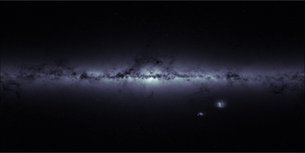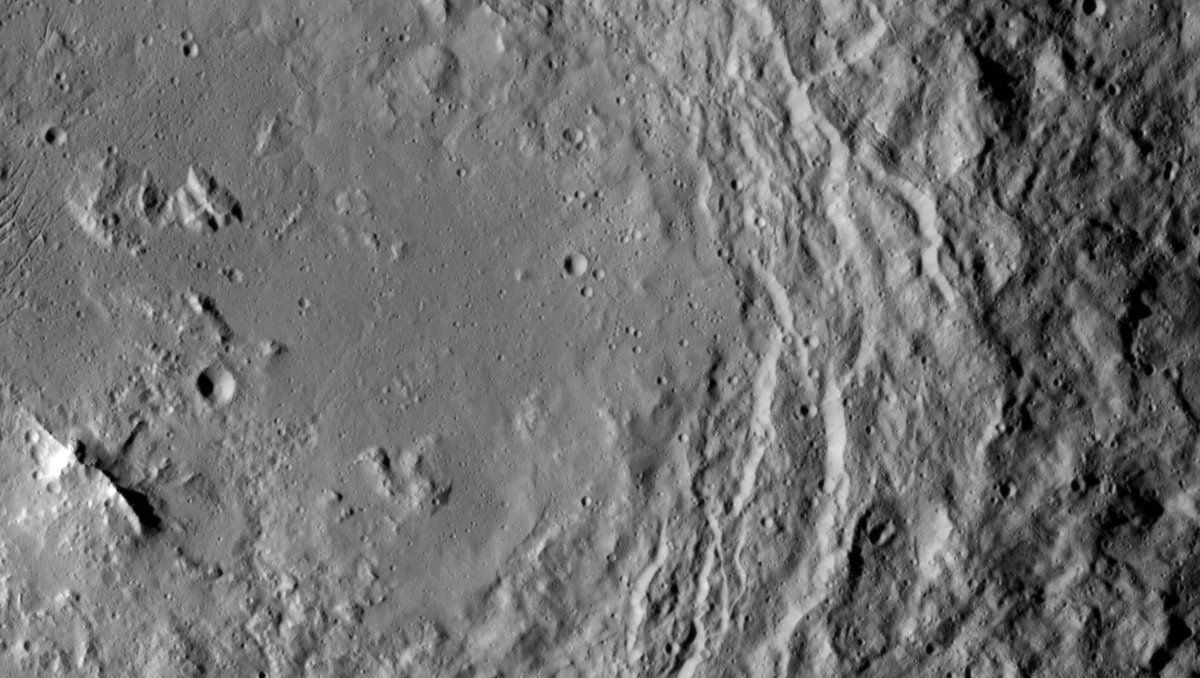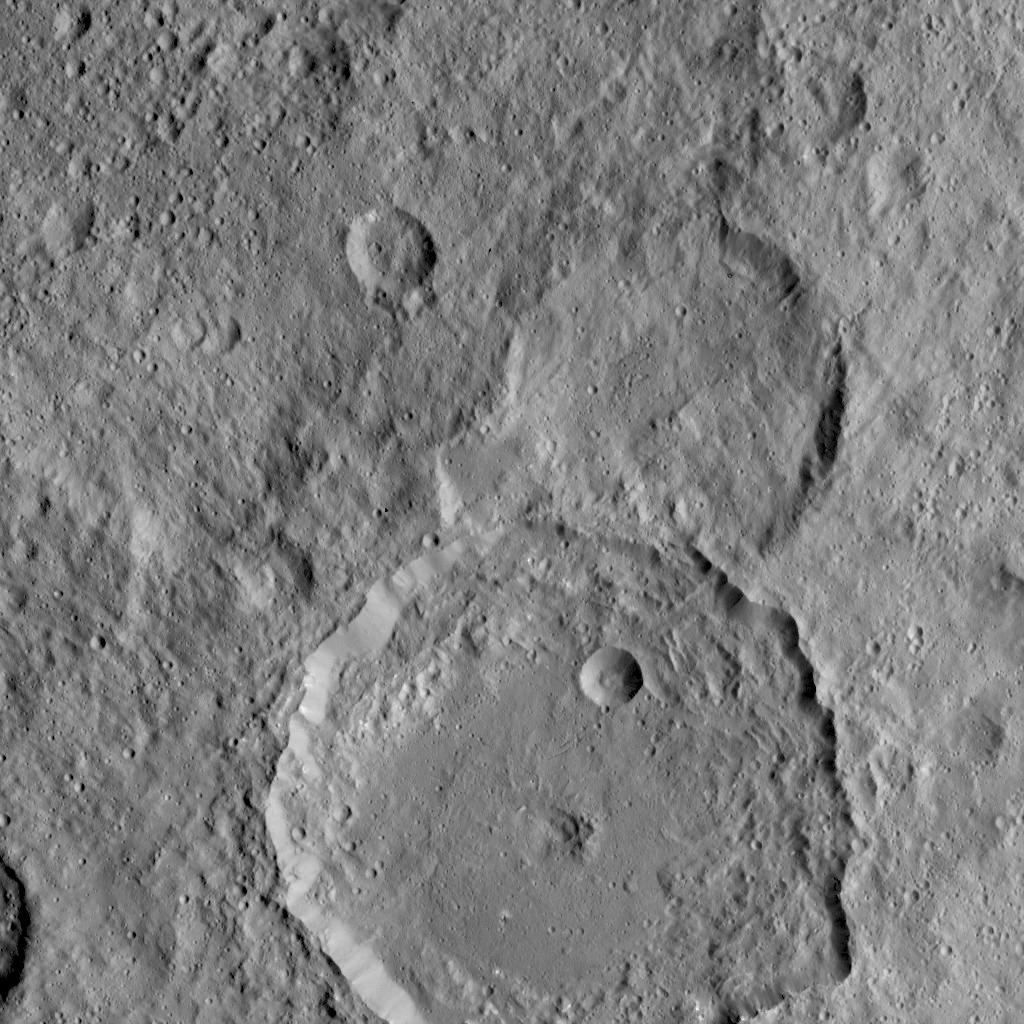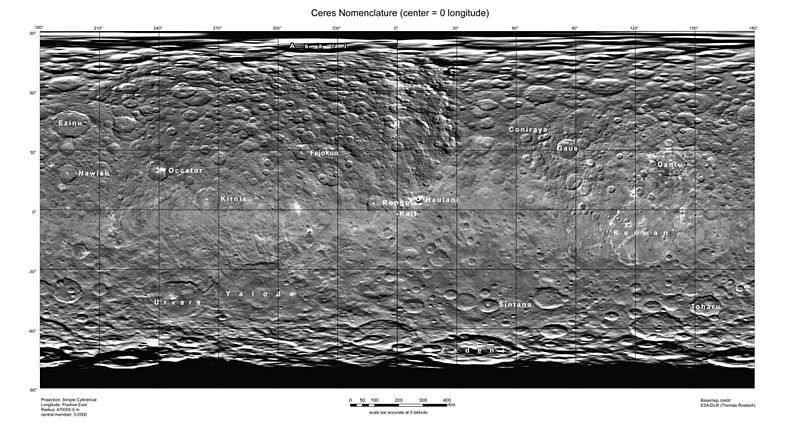ScienceRocks
Democrat all the way!
- Thread starter
- Banned
- #1,061
MarsCuriosity Rover Snaps Awesome Selfies on Mars During Mountain Trek http://oak.ctx.ly/r/3kevv

NASA Orders 2 More Space Station Cargo Missions from Orbital ATK http://dlvr.it/BvmPZp

NASA Orders 2 More Space Station Cargo Missions from Orbital ATK http://dlvr.it/BvmPZp














